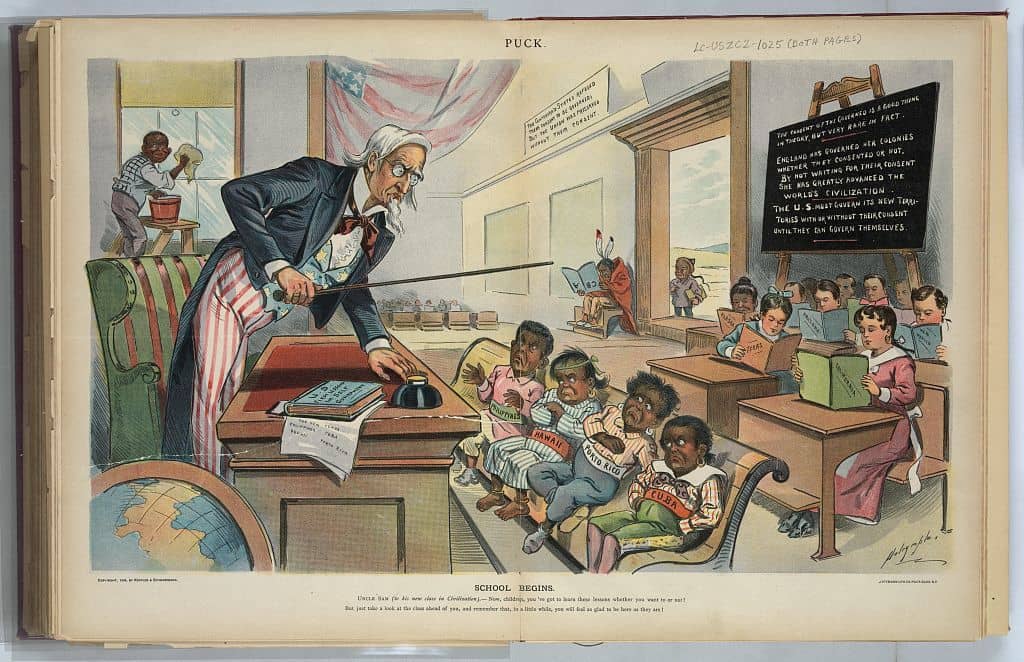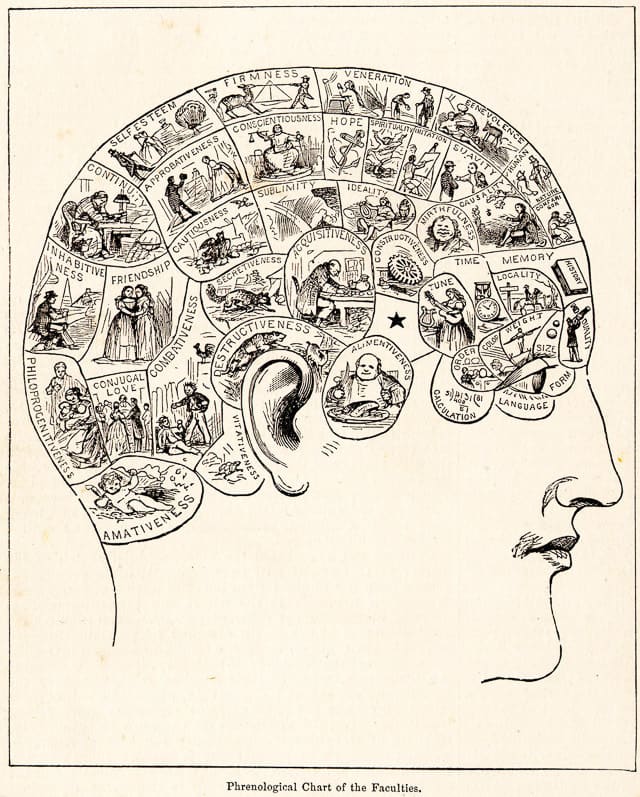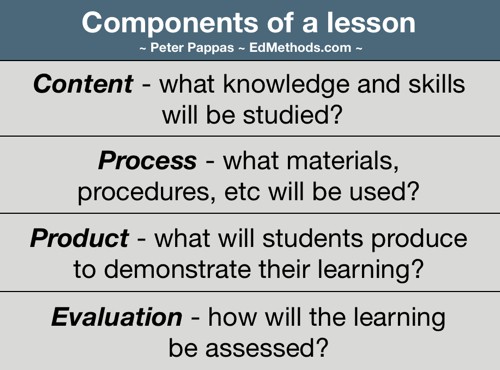
Students will present their historical thinking lesson to the class for feedback via large group discussion. Students will have class time to collaborate with peers and teacher to implement the suggestions.
Our goal will be to assist each other in designing a great lesson that supports student mastery in skills of Sourcing, Contextualizing or Corroborating. Lessons will be modeled after History Assessments of Thinking developed by SHEG. For more on the assignment click here.
Assignment for Class 7
Students will write a post that introduces their lesson to the world. The lesson should be embedded into their blog post. More on how to embed Google Docs and Google Forms into WordPress
They should also write a reflection about what they learned from the development process – that reflection could include: working with SHEG model, insights from peer feedback, and/or the workflow used in this course to produce the lesson (how it was assigned, use of Google tools, peer feedback before final posting).
Image Credit: Library of Congress
- Title: School begins / Dalrymple.
- Creator(s): Dalrymple, Louis, 1866-1905, artist
- Date Created/Published: N.Y. : Published by Keppler & Schwarzmann, 1899 January 25.
- Summary: Print shows Uncle Sam as a teacher, standing behind a desk in front of his new students who are labeled “Cuba, Porto Rico, Hawaii, [and] Philippines”; they do not look happy to be there. At the rear of the classroom are students holding books labeled “California, Texas, New Mexico, Arizona, [and] Alaska”. At the far left, an African American boy cleans the windows, and in the background, a Native boy sits by himself, reading an upside-down book labeled “ABC”, an a Chinese boy stands just outside the door. A book on Uncle Sam’s desk is titled “U.S. First Lessons in Self-Government”.
- Reproduction Number: LC-DIG-ppmsca-28668




